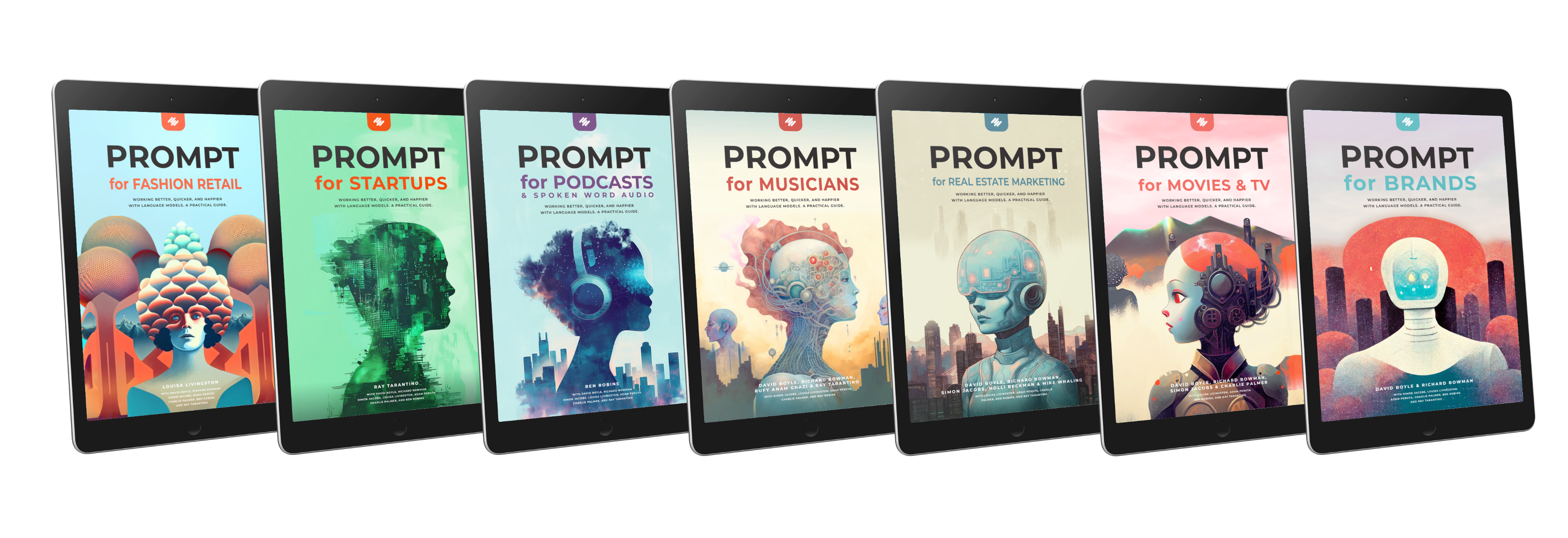In the realm of artificial intelligence, ChatGPT has emerged as an innovative language model capable of generating coherent and contextually relevant text based on user input. While it excels in many aspects, it's important to remember that its responses can be likened to regression lines. They may not always pinpoint precise facts, but they can elegantly capture the overarching narrative. This blog post explores the benefits and potential drawbacks of this quality and offers guidance on how to make the most of ChatGPT's output.

The Regression Line Analogy
Regression lines, in the world of statistics, are used to model the relationship between a dependent variable and one or more independent variables. Although they might not always hit the exact data points, they provide an accurate overall representation of the trend or pattern. Similarly, ChatGPT's responses might miss specific details or produce slightly inaccurate information, but they generally offer a coherent and contextually relevant overview.
Knowledge vs facts
In the context of ChatGPT's performance, it's crucial to differentiate between 'knowledge' and 'facts'. Knowledge refers to the broader understanding of a subject or context, which ChatGPT often excels at providing. This means that the AI can effectively generate text that reflects the general theme or narrative of a topic, making it a useful tool for various applications.
On the other hand, facts pertain to specific, accurate pieces of information. While ChatGPT's training data includes vast amounts of factual information, it sometimes struggles to recall or present these details with absolute precision. This limitation is partly due to the model's inability to store and access all the data points it has encountered during training.
As a result, when using ChatGPT, it's important to recognize that its output may not be fully reliable when it comes to factual details. Users should always exercise caution when relying on the model for specific information and verify its output against trusted sources. By understanding the distinction between knowledge and facts, users can better utilize ChatGPT's capabilities and mitigate potential inaccuracies in its responses.
The Pros and Cons
For some use cases, ChatGPT's ability to grasp the overall context and deliver a coherent response is fantastic! It can be incredibly helpful for brainstorming ideas, generating creative content, or providing general guidance in a conversation. However, in situations that require pinpoint accuracy or absolute reliability, ChatGPT's output might not be ideal. Users should be cautious and verify the information provided by the model, especially in critical decision-making scenarios or when accuracy is paramount.
Maximizing ChatGPT's Potential
To make the most of ChatGPT's capabilities, it's essential to always judge, edit, refine, and enhance its output. Here are a few tips to help you do just that:
- Critically evaluate the information: Be mindful of potential inaccuracies or biases in ChatGPT's responses. Cross-reference with reliable sources if necessary.
- Edit and refine the content: Take the generated text as a starting point and make any necessary adjustments to ensure it aligns with your goals and requirements.
- Enhance the output: Use your creativity and expertise to add depth, color, or personalization to the generated content, making it unique and engaging.
- Iterate and experiment: Don't be afraid to rephrase your input or ask follow-up questions to help ChatGPT provide more accurate and relevant information.
Conclusion
While ChatGPT's responses might not always hit the mark in terms of specificity, they often elegantly capture the overall story or context. By understanding its strengths and limitations, users can effectively harness its potential and benefit from the AI-driven insights it has to offer. Always remember to judge, edit, refine, and enhance ChatGPT's output to optimize its value and ensure it meets your unique needs.

